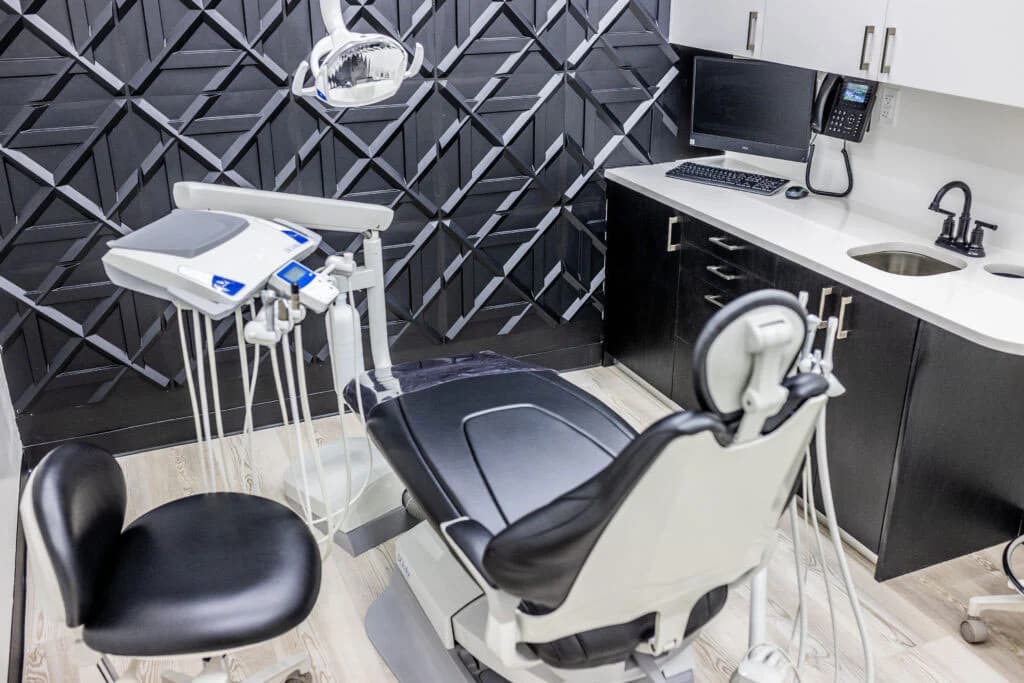Malocclusion
A healthy occlusion refers to teeth and jaws that are well aligned and in functional harmony. However, a malocclusion, or "bad bite," occurs when the teeth, jaws, or both are not in the correct positions or proper relationships. These conditions often require orthodontic treatment to resolve.
Malocclusions can be caused by various factors including crowding or spacing issues, problems with jaw development, failure of certain teeth to erupt into proper positions, harmful oral habits like finger sucking or tongue thrusting, drifting of teeth into spaces left by extractions or tooth loss, impacted teeth that fail to erupt, genetic or environmental factors, and injuries or diseases such as oral tumors.
For children, the American Association of Orthodontists recommends an orthodontic checkup by age 7. Most orthodontic treatment begins between ages 9 and 14, although earlier care may be necessary in some cases. Adults can also seek treatment for malocclusions to address issues that have persisted since childhood or to correct bite problems caused by shifting teeth over time.
There are three main classifications of malocclusions. Class I is the most common type, characterized by a normal bite but with problems in tooth alignment. Class II, known as an "overbite," occurs where the top teeth are positioned ahead of the bottom teeth with significant overlap. Class III, known as an "underbite" or mandibular prognathism, occurs where the lower jaw and anterior teeth are in front of the upper teeth.
While most malocclusions can be corrected with orthodontic treatment, some cases require a combination of orthodontic care and orthognathic surgery to address skeletal jaw discrepancies. A clinical exam can identify malocclusions, but a comprehensive assessment is needed for a complete diagnosis and to develop an effective treatment plan.
Types of Malocclusions
Class I Malocclusion
The most common type, characterized by a normal bite but with problems in tooth alignment such as crowding or spacing.
Class II Malocclusion (Overbite)
The upper teeth are positioned significantly ahead of the lower teeth with excessive overlap.
Class III Malocclusion (Underbite)
The lower jaw and front teeth protrude beyond the upper teeth, also known as mandibular prognathism.
*Consult with your dentist or orthodontist to evaluate your bite and determine the best treatment options for malocclusions.

Expert Orthodontic Care
Comprehensive bite analysis in Astoria, Queens
Common Causes of Malocclusion
- Crowding or spacing issues
- Problems with jaw development
- Harmful oral habits (thumb sucking)
- Impacted or missing teeth
- Genetic factors
- Dental injuries or trauma
Treatment Timeline
Ages 7-9
Initial orthodontic evaluation recommended
Ages 9-14
Optimal time for most orthodontic treatments
Adults
Treatment available for persistent bite issues
Concerned About Your Bite?
Dr. Khaimov can evaluate your bite and recommend the most appropriate treatment plan to correct malocclusion issues.
Schedule Consultation